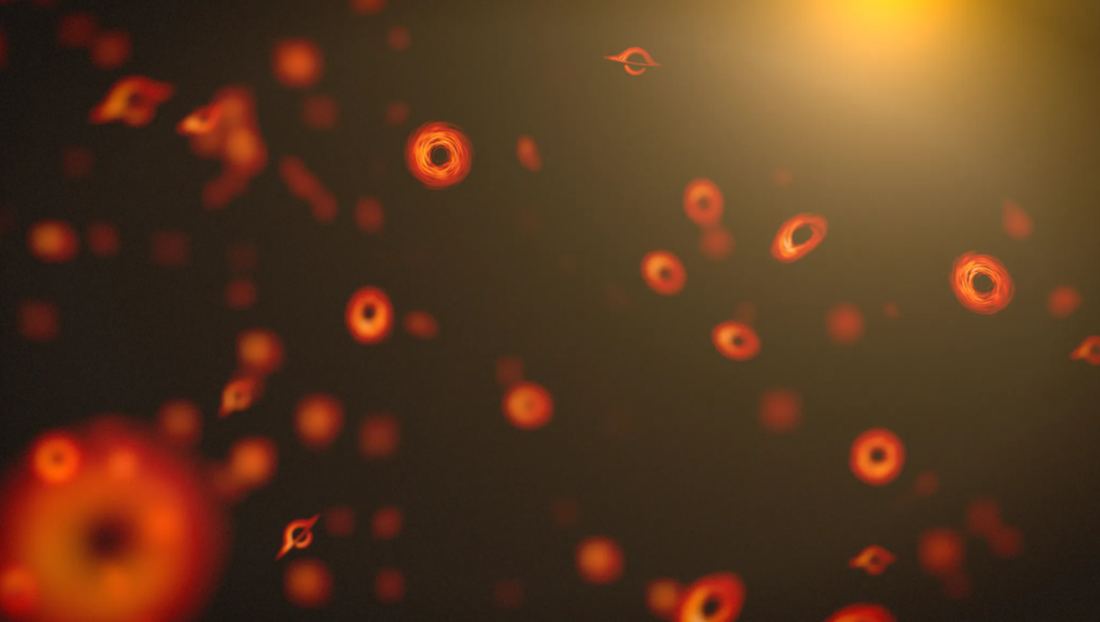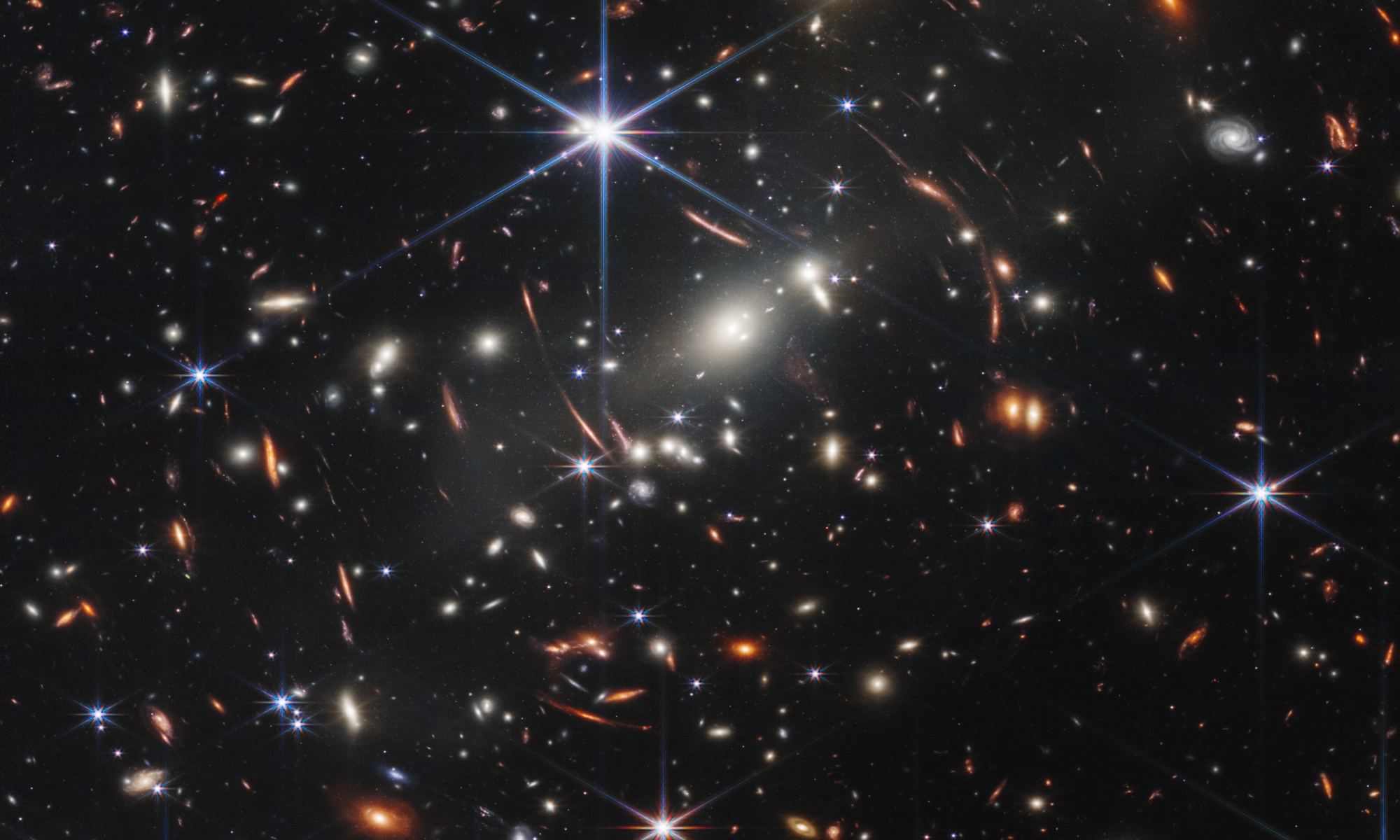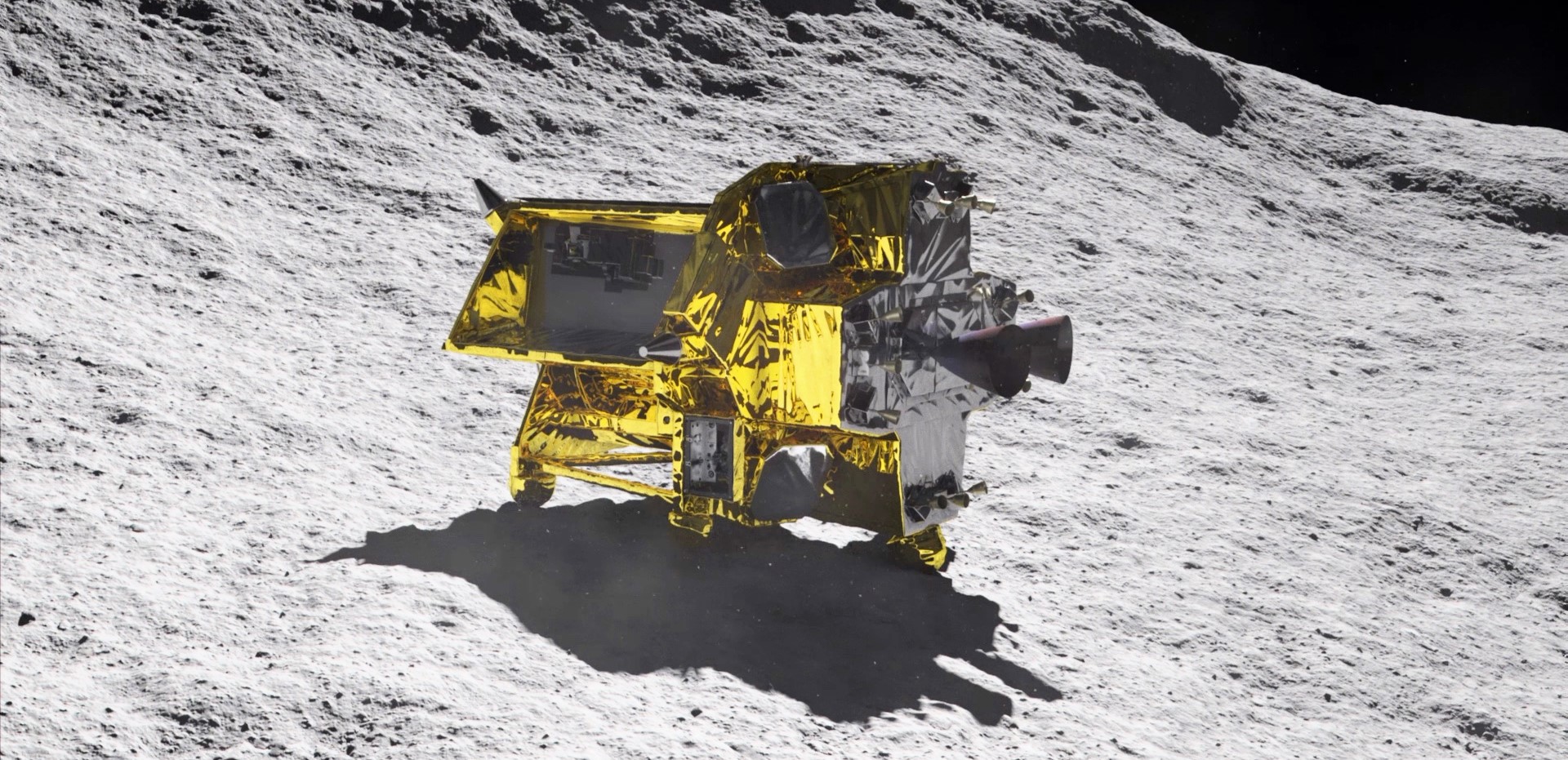A pair of Chinese taikonauts have completed an eight-hour spacewalk repairing damage to the Tiangong Chinese Space Station’s solar panels. It’s believed the damage was caused by tiny pieces of space debris, which impacted the solar wings and degraded their function. They performed a first repair spacewalk in December 2023 and completed the repairs with their second trip outside in March 2024. The Shenzhou 17 crew were the sixth group living in Tiangong and were relieved by the Shenzhou-18 team in late April.
Continue reading “Chinese Astronauts Just Repaired Space Debris Damage Outside the Station”Starliner Finally Launches, Carrying Two Astronauts Into Orbit
After many delays and two scrubbed launch attempts, Boeing’s CST-100 Starliner successfully launched earlier today! The Crewed Flight Test (CFT) took off from Space Launch Complex-41 at Cape Canaveral Space Force Station, Florida, at 10:52 a.m. EDT (07:52 PDT) atop a ULA Atlas V rocket. For this mission, the capsule is carrying two NASA astronauts: Barry “Butch” Wilmore (commander) and Sunita “Suni” Williams (pilot). They are expected to reach the International Space Station (ISS) at 12:15 p.m. EDT (09:15 a.m. PDT) on Thursday, June 6th.
Continue reading “Starliner Finally Launches, Carrying Two Astronauts Into Orbit”ESA Sets the Launch Date for Ariane 6: July 9th

The European Space Agency has retired its Ariane 5 rocket, and all eyes are on its next generation, Ariane 6. The rocket’s pieces have been arriving at the Kourou facility in French Guiana and are now assembled. ESA has now announced they’ll attempt a test launch on July 9th and hope to complete a second flight before the end of 2024. This new heavy-life rocket has a re-ignitable upper stage, allowing it to launch multiple payloads into different orbits.
Continue reading “ESA Sets the Launch Date for Ariane 6: July 9th”Metal is 3D Printed on the Space Station
I have always wanted a 3D printer but never quite found a good enough reason to get one. Seeing that NASA are now 3D printing metal is even more tantalising than a plastic 3D printer. However, thinking about it, surely it is just a computer controlled soldering iron! I’m sure it’s far more advanced than that! Turns out that the first print really wasn’t much to right home about, just an s-curve deposited onto a metal plate! It does however prove and demonstrate the principle that a laser can liquify stainless steel and then deposit it precisely in a weightless environment.
Continue reading “Metal is 3D Printed on the Space Station”Primordial Black Holes Can Only Explain a Fraction of Dark Matter

What is Dark Matter? That question is prominent in discussions about the nature of the Universe. There are many proposed explanations for dark matter, both within the Standard Model and outside of it.
One proposed component of dark matter is primordial black holes, created in the early Universe without a collapsing star as a progenitor.
Continue reading “Primordial Black Holes Can Only Explain a Fraction of Dark Matter”Research Work Begins on the Habitable Worlds Observatory

NASA are planning on building a telescope to hunt for habitable worlds. The imaginatively named ‘Habitable Worlds Observatory’ is at least a decade away but NASA have started to develop the underlying technology needed. The contracts have been awarded to three companies to research the next-generation optics, mission designs and telescope features at a cost of $17.5 million. Work should begin late summer 2024.
Continue reading “Research Work Begins on the Habitable Worlds Observatory”The JWST is Re-Writing Astronomy Textbooks

When the James Webb Space Telescope was launched at the end of 2021, we expected stunning images and illuminating scientific results. So far, the powerful space telescope has lived up to our expectations. The JWST has shown us things about the early Universe we never anticipated.
Some of those results are forcing a rewrite of astronomy textbooks.
Continue reading “The JWST is Re-Writing Astronomy Textbooks”Japan’s Lunar Lander Fails to Check-in
On January 19th, 2024, the Japanese Aerospace Exploration Agency (JAXA) successfully landed its Smart Lander for Investigating Moon (SLIM) on the lunar surface. In so doing, JAXA became the fifth national space agency to achieve a soft landing on the Moon – after NASA, the Soviet space program (Interkosmos), the European Space Agency, and the China National Space Agency (CNSA). SLIM has since experienced some technical difficulties, which included upending shortly after landing, and had to be temporarily shut down after experiencing power problems when its first lunar night began.
On the Moon, the day/night cycle lasts fourteen days at a time, which has a drastic effect on missions that rely on solar panels. Nevertheless, SLIM managed to reorient its panels and recharge itself and has survived three consecutive lunar nights since it landed. However, when another lunar night began on May 27th, JAXA announced that they had failed to establish communications with the lander. As a result, all science operations were terminated while mission controllers attempt to reestablish communications, which could happen later this month.
Continue reading “Japan’s Lunar Lander Fails to Check-in”How Mars’ Moon Phobos Captures Our Imaginations

For a small, lumpy chunk of rock that barely reflects any light, Mars’ Moon Phobos draws a lot of attention. Maybe because it’s one of only two moons to orbit the planet, and its origins are unclear. But some of the attention is probably because we have such great images of it.
Continue reading “How Mars’ Moon Phobos Captures Our Imaginations”NASA has a New Database to Predict Meteoroid Hazards for Spaceflight
There are plenty of problems that spacecraft designers have to consider. Getting smacked in the sensitive parts by a rock is just one of them, but it is a very important one. A micrometeoroid hitting the wrong part of the spacecraft could jeopardize an entire mission, and the years of work it took to get to the point where the mission was actually in space in the first place. But even if the engineers who design spacecraft know about this risk, how is it best to avoid them? A new programming library from research at NASA could help.
Continue reading “NASA has a New Database to Predict Meteoroid Hazards for Spaceflight”




